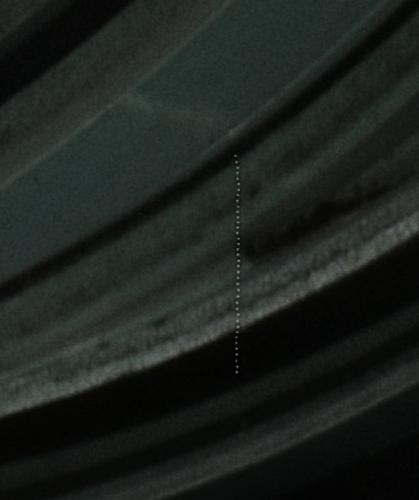I haven't personally tried any focus stacking, but my guess is that ultimate sharpness must also be accompanied by very fine steps in focus distance, otherwise you can wind up with visible periodic functions of sharpness vs distance. Shallow DOF also makes a more abrupt beginning and end of focus, depth-wise. That may be desirable in some cases, but not in others. One could conceivably use a mix; fine steps with very shallow DOF over the middle range, with tapered f-numbers at the end of the range, like so:
f/32
f/16
f/8
f/4
f/4
...
f/4
f/4
f/8
f/16
f/32
The higher f-numbers at the ends shouldn't soften any depths except their own, because the focus stacking software chooses the sharpest frame for any point on the subject.
That might give a more natural look, when the range of focus does not cover a subject completely. Some of the examples I've seen of focus stacking show the focus starting or ending abruptly on a subject. Of course, if the range of focus completely engulfs the subject against a distant background, then there is no point in tapering the ends of the range.




